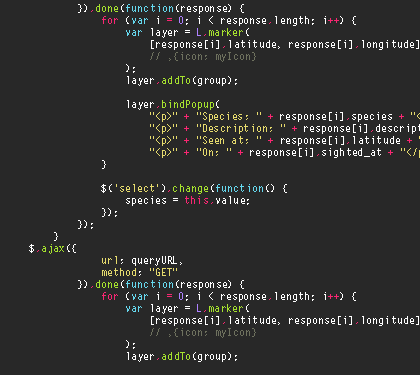modularization programming or modularity in programming
Difference between modular and monolithic programming
Modularization in Programming: A Comprehensive Guide
What is Modular Programming?
Modular programming is a software design strategy that involves breaking down a large program into smaller, independent program segments called modules. Each module performs a specific function and can be developed, tested, and maintained separately. These modules are then carefully integrated to form a complete software system that meets the system requirements.
It follows the “divide-and-conquer” approach, making complex software easier to manage, understand, and scale. This methodology is widely used in various programming languages, including C, Java, Python, and JavaScript.

Characteristics of Modular Programming
- Single Responsibility: Each module should perform only one specific function or task.
- Encapsulation: A module’s internal details remain hidden from other modules, ensuring data integrity and security.
- Reusability: Modules can be reused across different programs or projects, reducing redundancy.
- Independent Development: Modules can be developed and tested independently before integration.
- Hierarchical Structure: Modules follow a top-down hierarchical structure, resembling an organizational chart.
- Controlled Communication: Modules interact only through well-defined interfaces or calling mechanisms.
- Single Entry, Single Exit: Each module has a single entry and exit point, enhancing clarity and reducing errors.
Advantages of Modular Programming
- Easier Debugging & Maintenance: Since modules are independent, errors can be isolated and fixed without affecting the entire system.
- Code Reusability: Modules can be reused in other applications, reducing development time.
- Better Collaboration: Teams can work on different modules simultaneously, improving productivity.
- Scalability: Adding new features is simpler since changes can be made to specific modules without modifying the entire codebase.
- Improved Readability: Breaking code into smaller parts makes it easier to understand and manage.
Example of Modular Programming in C
In C, modular programming is implemented using functions. Below is an example illustrating modularization:
#include <stdio.h>
// Function Prototypes
int add(int a, int b);
int subtract(int a, int b);
int main() {
int num1 = 10, num2 = 5;
printf("Addition: %d\n", add(num1, num2));
printf("Subtraction: %d\n", subtract(num1, num2));
return 0;
}
// Function Definitions
int add(int a, int b) {
return a + b;
}
int subtract(int a, int b) {
return a - b;
}
In this example:
-
The
add()andsubtract()functions serve as separate modules performing individual tasks. -
The
main()function calls these modules instead of implementing the logic directly. - This modular approach enhances maintainability and reusability.
Modular Programming in Other Languages
Python Example (Using Functions & Modules)
# math_operations.py (Module)
def add(a, b):
return a + b
def subtract(a, b):
return a - b
# main.py (Main Program)
import math_operations
num1 = 10
num2 = 5
print("Addition:", math_operations.add(num1, num2))
print("Subtraction:", math_operations.subtract(num1, num2))
-
math_operations.pyis a module containing reusable functions. -
main.pyimports and calls these functions, demonstrating modularization.
Key Differences Between Modular and Monolithic Programming
| Feature | Modular Programming | Monolithic Programming |
|---|---|---|
| Structure | Divided into smaller modules | Single, large codebase |
| Reusability | High (modules can be reused) | Low (code is tightly coupled) |
| Maintainability | Easier to debug and update | Harder to modify without affecting other parts |
| Scalability | Highly scalable | Limited scalability |
| Collaboration | Teams can work on separate modules | More challenging for team collaboration |
When to Use Modular Programming?
- When developing large-scale applications requiring scalability and maintainability.
- When different teams need to work on separate parts of a project simultaneously.
- When code reusability is a priority for efficient software development.
- When debugging and maintenance need to be simplified and organized.
Conclusion
Modular programming is an essential software design approach that enhances efficiency, maintainability, and scalability. By dividing a large program into smaller, independent modules, developers can create structured, reusable, and easily manageable software systems. Implementing modular programming can significantly improve code quality, reduce development time, and enhance collaboration among development teams.
Modular programming is a strategy applied to the design and development of software system. It is defined as organizing a large program into small, independent program segments called modules that are separately named and individually callable program units. These modules are carefully integrated to become a software system that satisfies the system requirements. It is basically a “divide – and –conquer” approach to problem solving.
Modules are identified and designed such that they can be organized into a top-down hierarchical structure (similar to an organization chart). In C, each module refers to a function that is responsible for a single task.
Table of content
- Arrays
- Structures
- Polynomials
- Stacks
- Linked Lists
- Queues
- Searching and Sorting
- Trees